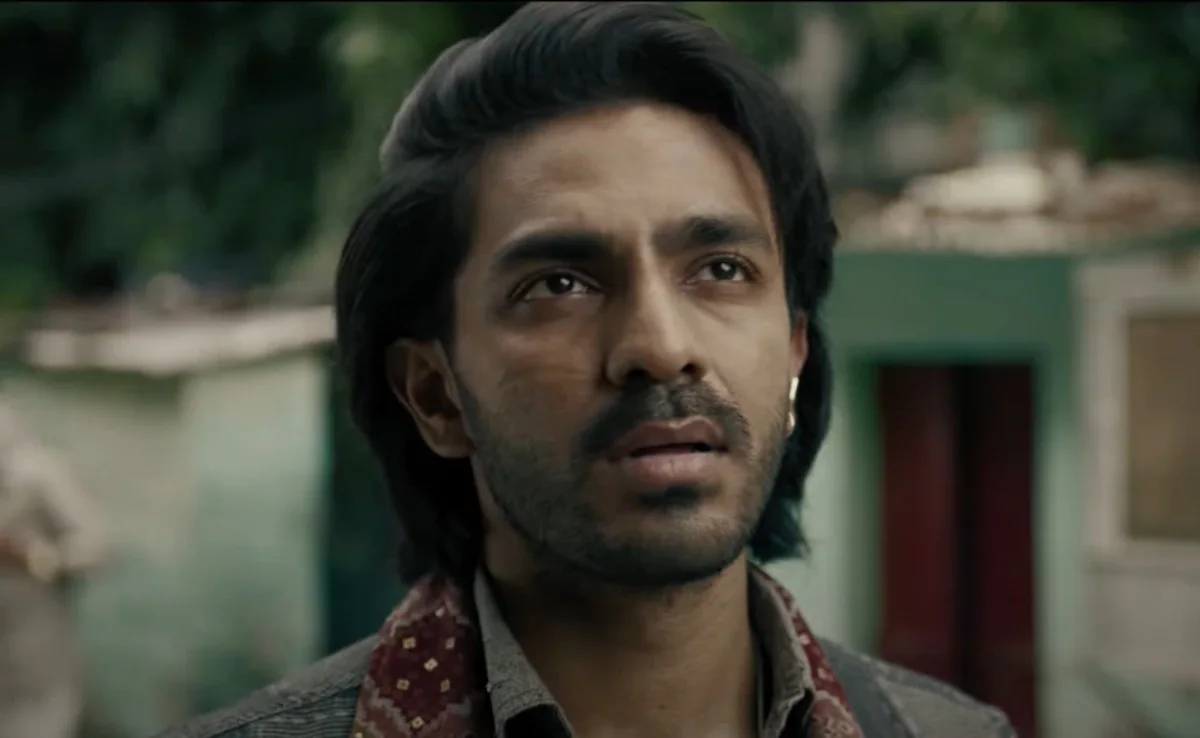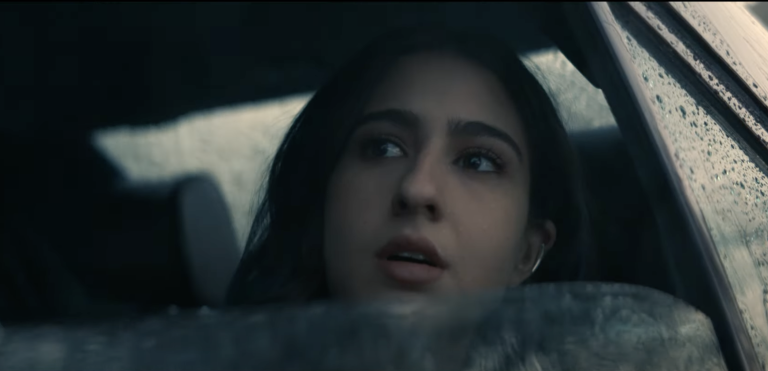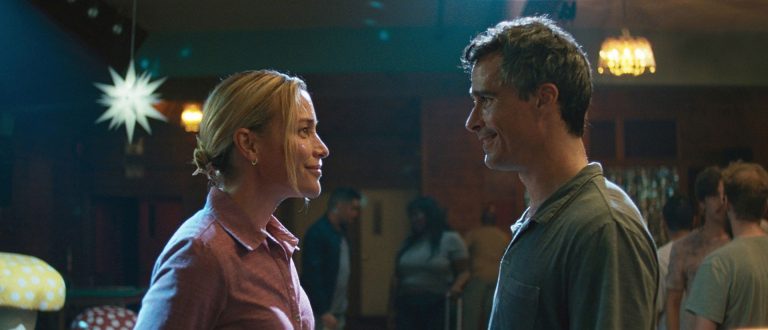Anurag Kashyap, as a director, has now been going through so many different phases that a clear demarcation of his filmography is slowly starting to become a daunting affair. However, with Kashyap, one of the things that separates him from other maverick filmmakers is that, despite miring themselves in controversy either through their views or content, the man works consistently. There is a sizable body of work for Kashyap that exists as a manuscript of the directorial life, where the personal and artistic intermingle far too honestly.
However, the last couple of movies within his filmography find him curiously shifting away from contemplation and, rather, trying to retread and, in that process, find something new. “Kennedy” (2023) (so far unreleased) found him returning to film noir and world-weary cynicism, while “Nishaanchi” (2025) seems to be Kashyap returning to his roots, hearkening back to his love of Hindi commercial cinema resting on the spine of the Salim-Javed scripts. I am surprised, however, that despite Kashyap returning to his rustic roots, he creates a film that feels unwittingly derivative, a “Greatest Hits” of his own filmography.
It stems from the structure itself, from beginning in medias res to finally going through an extended flashback that ultimately becomes a linear retelling. To say, however, that Kashyap lacks the energy that makes this Greatest Hits feel imitation-heavy would be unfavorably punching down the film. Because unlike most of his current-era work, “Nishaanchi”—while not exactly cohering with sparkle—has some astonishingly beautiful moments that could be classified as throwaway, but in Kashyap fashion, these multitude of throwaway moments become essential in building the texture and feel of this world.

Even as the movie starts to feel laborious in a massive three-hour runtime that ultimately reveals itself to be the first part of a two-parter, I would be remiss to say that Kashyap plays “Nishaanchi” safe. On the one hand, playing the “Greatest Hits” of his filmography helps to play to the gallery. On the other hand, crafting complicated characters always carries the risk of being too alienating for the audience, especially if the genre itself isn’t encapsulating enough to tide over those niggling moralities that Kashyap finds so compelling and presents them in a similar fashion.
How Kashyap crafts the character of Babloo, the outgoing, film-influenced, prison-serving man whose obsession with Vedika Pinto’s Rinku could easily be characterized as horrifying in any other film (or even Kashyap, for that matter), walks a very fine line between glorifying heroism and yet ensuring the horror seeps in slowly and steadily through the cracks. The final scene, in which Rinku washes away Babloo’s essence after learning an important facet, ties the horror together and delivers a gut punch that also unifies the film.
Also Read: All Anurag Kashyap Movies Ranked, from Worst to Best
In contrast, Dabloo, or the relationship between the twins, needed more time to breathe, at least in the depiction of how the world around them affected the twin who chose differently. That could also be attributed to how much of a first-parter it is and what the second part would actually reveal in this “generational saga.”
In Kashyap’s hands, tropes of commercial cinema being fed human complexities become fascinating to watch precisely because of the effort to understand where the cinephile ends and where the storyteller begins, or if there is even a demarcation anymore. That elegance is lacking here, offset by the laborious runtime of trying to build up the world through conversations that range from essential groundwork to fun but unnecessary texture overlay.

The ghost of “Gangs of Wasseypur” lies heavy on this film, especially Richa Chadda’s performance as the strong matriarch over Monica Panwar, but Panwar holds herself together and even takes over the narrative. Her chemistry with a standout, Vineet Kumar Singh, is extraordinary. Similarly, newcomer Aishvaary Thackeray in dual roles is utterly natural, as is Vedika Pinto as Rinku. Credit to the visual effects team, within the limited budget afforded, as well as Sylvester Fonseca’s cinematography, that the dual role look so effortless and natural within the frames of the film.
The justification of the film being three hours, or being the first part of a two-parter, revealing itself to be a multi-generational saga, where the antagonist isn’t as imposing in narrative or stature as Ramadhir Singh, even if Kumud Mishra plays a very interesting character overall, is definitely up for debate. This is emblematic of the overall mixed nature of the film, which is perfectly represented by its music album—a potpourri of multiple music directors contributing to an interesting album but a dissonant and ultimately unremarkable sonic identity.
I do have to say, Kashyap wasn’t subtle about this story being over six hours. The song playing over the opening credits quite blatantly gives that away. Thankfully, unlike a lot of two-parters that use a zinger as a tease and then leave the audience high and dry for an eventual continuation that might not arrive at all, Kashyap did shoot both the parts, ensuring that his tale of Kanpur, his world of criminals, gangsters, small towns, and that intersection of all these elements, gets a closure, worthy or otherwise. Thankfully, the end sequence of the film is impactful enough that it leaves one satisfied at having seen a somewhat complete chapter.





![The Florida Project [2017]: ‘Mumbai Film Festival’ Review](https://79468c92.delivery.rocketcdn.me/wp-content/uploads/2017/11/HOF_THE_FLORIDA_PROJECT-768x347.jpg)




